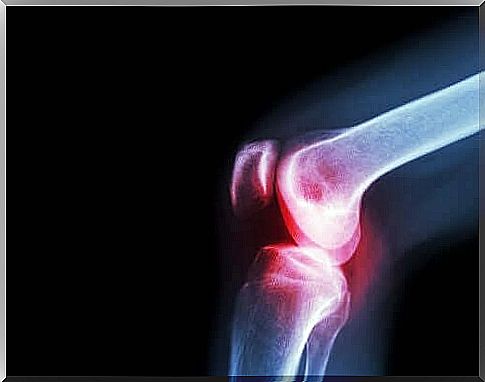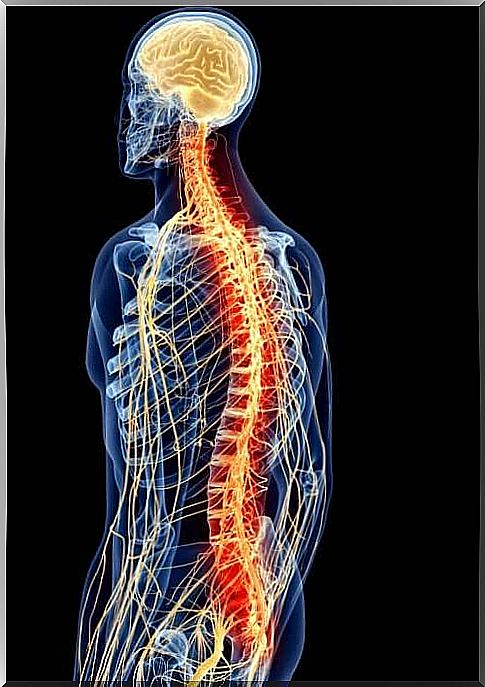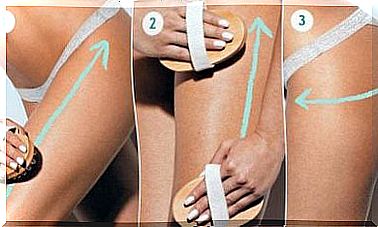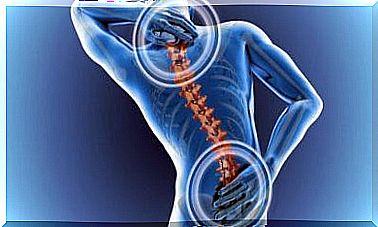Aceclofenac: When Is This Drug Used And How Does It Work?
Aceclofenac is a pain reliever from the group of nonsteroidal anti-inflammatory drugs (NSAID), which is used in particular for painful episodes caused by rheumatoid arthritis, osteoarthritis and ankylosing spondylitis.

The drug aceclofenac has anti-inflammatory effects and belongs to the group of nonsteroidal anti-inflammatory drugs (NSAID). This drug is mostly prescribed for rheumatological diseases because it relieves pain and inflammation.
It is an aryl derivative of acetic acid, its structure is very similar to that of another pain reliever, namely diclofenac. This is usually prescribed to relieve inflammation and pain (loin pain, toothache, or joint pain).
Aceclofenac, used to treat rheumatoid arthritis

Rheumatoid arthritis is a chronic inflammatory disease that comes on in an intermittent manner. This autoimmune disease causes pain in the joints as well as general and non-specific symptoms.
If this disease is not treated properly, it can lead to severe physical limitations, which greatly affects the quality of life for those affected.
In rheumatoid arthritis, pain and stiffness are typical in the joints. This also reduces the range of motion of the various joints. Sometimes general symptoms precede joint problems, but they usually remain as the disease progresses. The following complaints are very common:
- fatigue
- light fever
- malaise
- Reluctance
- Weight loss
However, the most common early sign is morning joint stiffness, especially in the hands and feet.
The exact causes of rheumatoid arthritis have not yet been adequately researched. What is known, however, is that it is an autoimmune disease in which genetic and non-genetic factors play a role.
Aceclofenac, used to treat osteoarthritis
Aceclofenac is also used for osteoarthritis. This happens when the cartilage is irreparably damaged, resulting in friction between the bones in the joints. Inside the joint is the synovial fluid, which is produced by the synovial skin. The ends of the bones are covered with cartilage tissue, which in turn is soaked in the synovial fluid.
However, if the cartilage is damaged, the cells can no longer be regenerated. The result is pain, stiffness and functional incapacity. However, it is important to distinguish this disease from arthritis. Arthritis comes from inflammation of the joint, not from wear and tear on the cartilage.
But both diseases are associated with pain, which aceclofenac can treat.
Aceclofenac, used to treat ankylosing spondylitis

This is also a rheumatic disease that causes pain in the spinal joints due to chronic inflammation, especially in the lumbar and thoracic spine and the sacrum. The exact causes have not been adequately researched, but some experts attribute specific cases to genetic predisposition.
This disease mostly occurs in adolescence or youth, with men more likely to be affected. In women, ankylosing spondylitis is usually less intense, making diagnosis more difficult.
The signs of this disease are loin pain, which comes on in bursts. However, it can affect the entire spine as well as the peripheral joints. In addition to the pain, there is stiffness, limited mobility, and progressive deformation of the joints.
How does aceclofenac work in the body?

The anti-inflammatory effect of this drug can be attributed to the inhibition of prostaglandin synthesis, whereby the enzyme cyclooxygenase is blocked.
Prostaglandins are chemical compounds that are necessary for numerous body processes, including the feeling of pain. So when the synthesis is inhibited, the pain decreases.
Aceclofenac is also antipyretic (i.e., reduces fever), which can be attributed to the peripheral dilation caused by a central action on the hypothalamus. Other effects that can occur from inhibiting prostaglandin synthesis are:
- Reduced protection from the stomach lining: This medicine can cause stomach ulcers as a side effect.
- Change in kidney function
- Inhibition of platelet aggregation
Conclusion
Aceclofenac is a drug in the non-steroidal anti-inflammatory drug (NSAID) group and is mainly used for pain caused by rheumatoid arthritis, osteoarthritis, and ankylosing spondylitis.
Like other drugs , this drug can cause a number of side effects that need to be controlled. These include, for example, gastrointestinal complaints or occasional attacks of dizziness. Get advice from your doctor and explain everything to you well if you are being treated with it.









